Ancient Egypt, one of the earliest and most advanced civilizations, made significant contributions to science and technology. Their achievements in various fields such as medicine, engineering, mathematics, astronomy, and agriculture were far ahead of their time. The Egyptians were not only adept at building monumental structures like the pyramids but also mastered many techniques that influenced later civilizations. In this article, we will explore the key scientific and technological advancements of Ancient Egypt, examining how they shaped the development of the ancient world and continue to influence modern science.
- Egypt Tour Magic
- Egypt Tour Packages
- Excursions in Egypt
- Cairo Tours and Excursions
- Hurghada Tours and Excursions
- Soma Bay Tours and Excursions
- Makadi Bay Tours and Excursions
- Sahl Hasheesh Tours and Excursions
- El Gouna Tours and Excursions
- Marsa Alam Tours and Excursions
- Port Ghalib Tours and Excursions
- El Quseir Tours and Excursions
- Dendera and Abydos Day Tours
- Aswan Tours and Excursions
- Luxor Tours and Excursions
- Alexandria Tours and Excursions
- Sharm El Sheikh Tours and Excursions
- Top Rated Tours in 2025
- Optional Excursions in Egypt
- Private Transfer
- Blogs About egypt
- Ancient Egypt
- What You Need To know Before Your First Trip To Egypt
- Best Places to Visit in Egypt 2025
- Top Attractions in Red Sea Resorts 2025
- Top 10 Tourist Activities in Egypt
- Top 30 Activities You Can’t Miss in Egypt
- The Guide to Guided Tours in Egypt
- Egypt’s Ancient and Modern History
- The Nile River
- The Deserts of Egypt
- Historical Sites in Egypt
- Cairo
- Alexandria
- Luxor
- Aswan
- The Red Sea
- Dendera Temple
- El Fayoum Oasis
- Bahariya Oasis
- Siwa Oasis
- Al Alamein
- Marsa Matruh
- Ancient Egyptian gods
- famous Egyptian dishes
- UNESCO World Heritage sites
- About Us
- Why Egypt Tour Magic
- Egypt Tour Magic
- Egypt Tour Packages
- Excursions in Egypt
- Cairo Tours and Excursions
- Hurghada Tours and Excursions
- Soma Bay Tours and Excursions
- Makadi Bay Tours and Excursions
- Sahl Hasheesh Tours and Excursions
- El Gouna Tours and Excursions
- Marsa Alam Tours and Excursions
- Port Ghalib Tours and Excursions
- El Quseir Tours and Excursions
- Dendera and Abydos Day Tours
- Aswan Tours and Excursions
- Luxor Tours and Excursions
- Alexandria Tours and Excursions
- Sharm El Sheikh Tours and Excursions
- Top Rated Tours in 2025
- Optional Excursions in Egypt
- Private Transfer
- Blogs About egypt
- Ancient Egypt
- What You Need To know Before Your First Trip To Egypt
- Best Places to Visit in Egypt 2025
- Top Attractions in Red Sea Resorts 2025
- Top 10 Tourist Activities in Egypt
- Top 30 Activities You Can’t Miss in Egypt
- The Guide to Guided Tours in Egypt
- Egypt’s Ancient and Modern History
- The Nile River
- The Deserts of Egypt
- Historical Sites in Egypt
- Cairo
- Alexandria
- Luxor
- Aswan
- The Red Sea
- Dendera Temple
- El Fayoum Oasis
- Bahariya Oasis
- Siwa Oasis
- Al Alamein
- Marsa Matruh
- Ancient Egyptian gods
- famous Egyptian dishes
- UNESCO World Heritage sites
- About Us
- Why Egypt Tour Magic
Scientific and Technological Achievements of Ancient Egypt
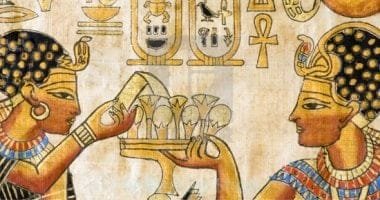
1 . Medicine in Ancient Egypt
One of the most remarkable aspects of Egyptian science was their understanding of medicine. The Egyptians practiced a variety of medical techniques and had a deep knowledge of the human body and its functions. They were among the first to recognize the importance of hygiene and cleanliness, which led to the development of sophisticated methods of embalming and mummification. Ancient Egyptian physicians performed surgeries, treated wounds, and understood the use of medicinal herbs. They used natural remedies, such as honey and opium, to treat infections and pain. Notably, the "Ebers Papyrus," an ancient Egyptian medical text, contains detailed descriptions of over 700 different diseases and treatments, making it one of the earliest medical documents in history.
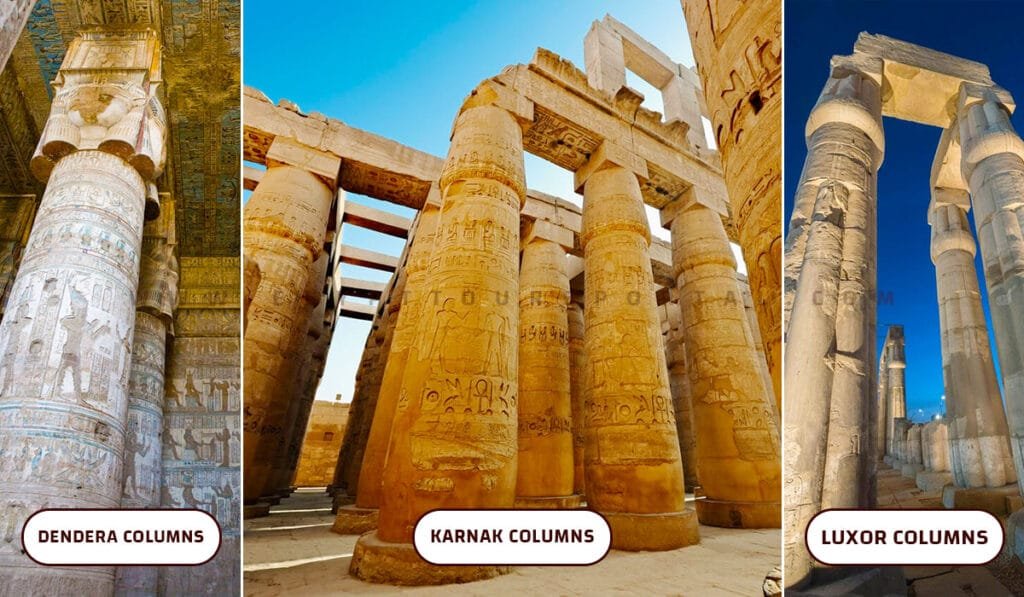
2. Engineering and Architecture
The Egyptians are best known for their monumental architectural achievements, especially the construction of the pyramids. The Great Pyramid of Giza, built during the Fourth Dynasty, remains one of the Seven Wonders of the Ancient World. The Egyptians were experts in the use of mathematics and engineering to design and construct these massive structures. They developed advanced techniques in surveying, using tools like the "merkhet" and "plumb lines" to measure angles and ensure precise alignment. The design of the pyramids was based on mathematical principles, and the Egyptians employed a system of ramps and levers to move heavy stones. The precision and complexity of their architectural work demonstrate their mastery of engineering and construction.
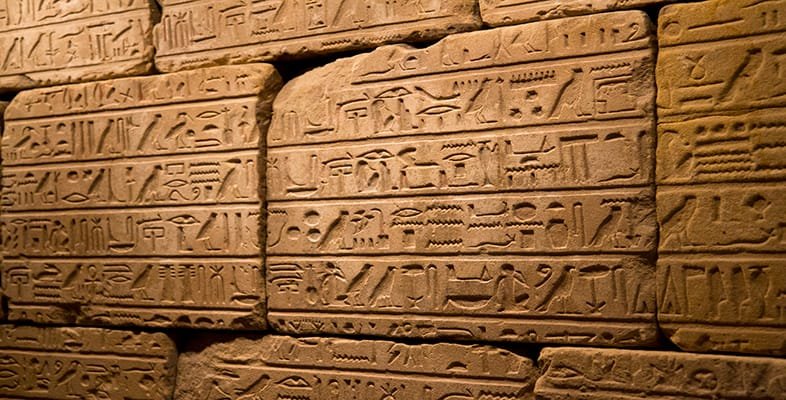
3. Mathematics in Ancient Egypt
Mathematics was integral to the daily life and architecture of Ancient Egypt. The Egyptians developed an advanced number system based on units of 10 and used simple arithmetic for practical purposes such as measuring land, calculating taxes, and building structures. They understood basic geometry and used it in the construction of buildings and monuments. The Egyptians also made advances in the field of mathematics through their knowledge of fractions and their ability to perform complex calculations. The Rhind Mathematical Papyrus, a document from the 17th century BCE, is one of the oldest surviving mathematical texts, offering insight into the Egyptian understanding of mathematics, including problems involving geometry, division, and multiplication.

4 . Astronomy and the Calendar
Astronomy played a crucial role in Ancient Egyptian society. The Egyptians closely observed the night sky and used their understanding of celestial bodies for both practical and religious purposes. They used the stars to align their monuments and determine the timing of agricultural activities, particularly the flooding of the Nile River, which was essential for their crops. The Egyptians' knowledge of the stars led to the creation of the first known solar calendar, consisting of 365 days. This calendar, based on the solar year, was crucial for predicting seasonal changes and organizing the agricultural cycle. The alignment of the pyramids with the stars is also a testament to the Egyptians' sophisticated understanding of astronomy.
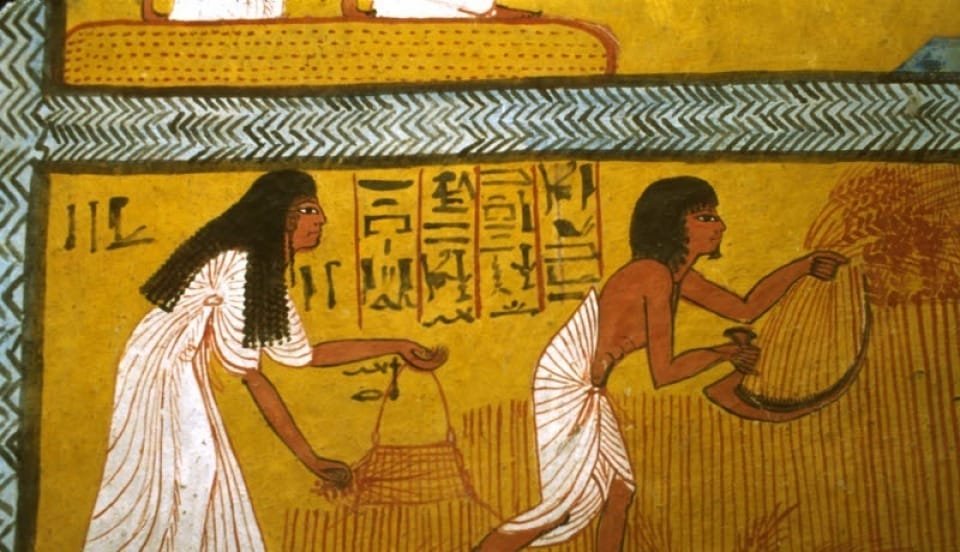
5. Agriculture and Irrigation
Agriculture was the backbone of Ancient Egyptian society, and the Egyptians developed advanced techniques to cultivate their land, thanks to their deep understanding of the environment. The most significant technological advancement was their irrigation system, which allowed them to harness the waters of the Nile River to irrigate crops in the dry desert. The Egyptians constructed canals, basins, and shadufs (a type of hand-operated irrigation device) to control water flow and ensure that crops received adequate irrigation. This innovation was crucial for growing staple crops like wheat and barley, which were essential for sustaining the population. The Egyptians' ability to manage water resources effectively led to one of the most successful agricultural societies in the ancient world.
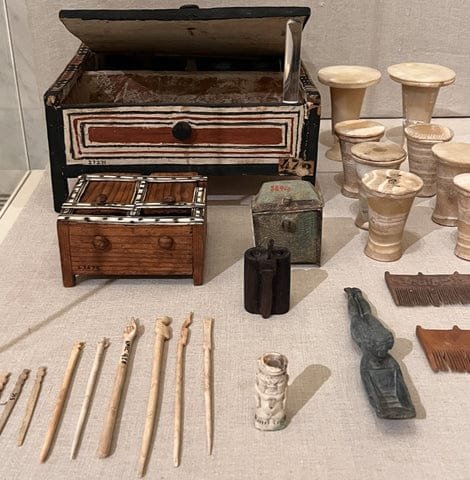
6. Chemistry and Cosmetics
The Egyptians also made significant contributions to the field of chemistry, particularly in the area of cosmetics and preservation. The ancient Egyptians were skilled in the preparation of perfumes, oils, and cosmetics, which they used for both personal grooming and religious rituals. They developed techniques for extracting oils from plants and flowers, creating a wide variety of fragrances. Additionally, the Egyptians are credited with discovering methods of preserving food and bodies through the use of embalming and mummification. The process of embalming required a deep understanding of chemistry, as they used natural preservatives like resins, oils, and salts to prevent decay and preserve the body for the afterlife.


